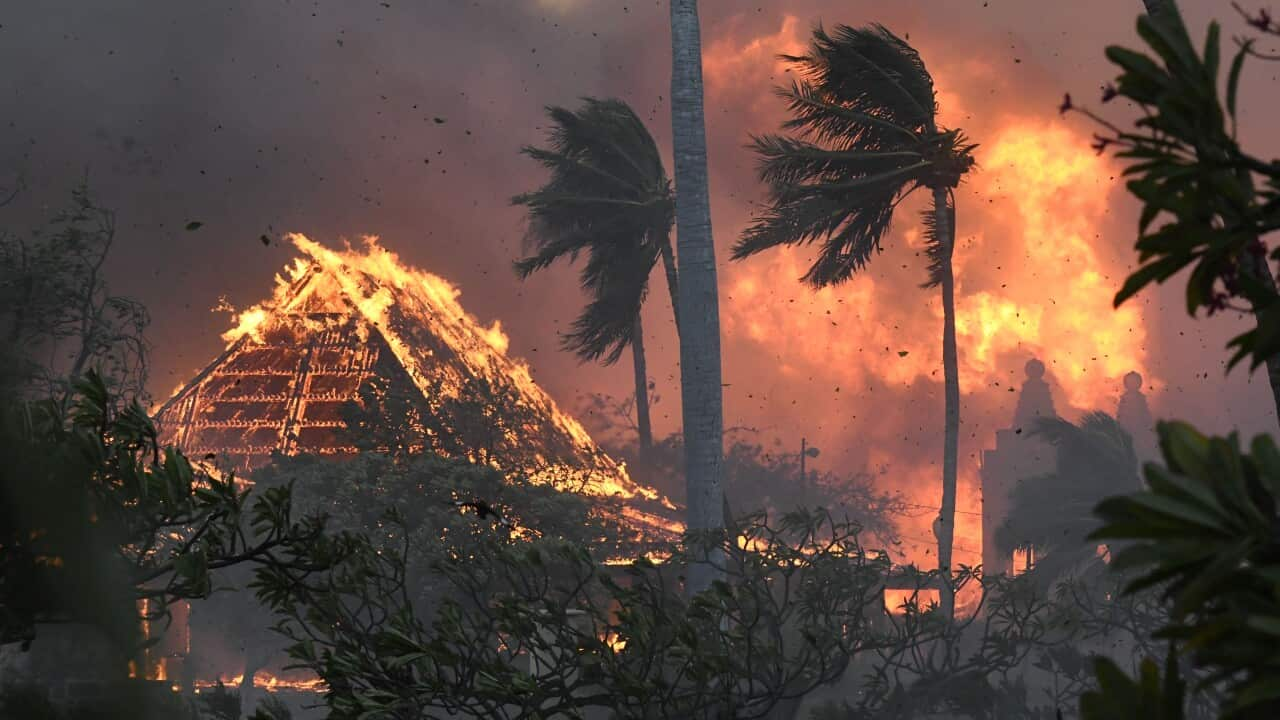Past Compliance: Enhancing Residential Or Commercial Property Security with a Thorough BAL Report Analysis
Past Compliance: Enhancing Residential Or Commercial Property Security with a Thorough BAL Report Analysis
Blog Article
Exactly How BAL Record Impacts Shrub Fire Security Actions
In the realm of bush fire security, the Structure Attack Degree (BAL) report stands as a critical device that dramatically influences the safety and security and strength of residential properties in fire-prone locations - BAL Report. The influence of a BAL assessment expands much past simple documents; it functions as the keystone for determining the proper building and construction criteria and fire security procedures essential to minimize the threats postured by bushfires. As neighborhoods grapple with increasingly serious fire periods, comprehending exactly how the BAL record forms these protective measures ends up being extremely important for house owners, policymakers, and home builders alike
Recognizing the Bushfire Strike Level

Relevance of BAL Record Analysis

Furthermore, the BAL report evaluation works as a fundamental action in adhering to legal obligations and needs connected to bushfire protection. Local councils and authorities typically mandate the submission of a BAL record as component of the preparation and structure authorization procedure to guarantee that residential or commercial properties are adequately safeguarded against bushfire dangers. Failing to conduct a comprehensive BAL report evaluation can lead to insufficient security procedures, leaving buildings at risk to ruining bushfire cases.
Building And Construction Requirements Based Upon BAL
A thorough understanding of the Bushfire Strike Degree (BAL) allows property proprietors to carry out link building and construction standards customized to their certain danger profile. Building and construction criteria based upon BAL are vital in alleviating the effect of bushfires on residential properties. The BAL score categorizes the potential risk a residential or commercial property deals with during a bushfire on a range from BAL-Low to BAL-FZ (Flame Zone) Each BAL degree matches to certain building requirements laid out in the Australian Standard AS3959-2018 Building And Construction of Buildings in Bushfire-Prone Locations. Properties classified as BAL-Low may just need basic measures such as getting rid of debris and preserving yards, while those in higher BAL classifications need more durable measures like cinder screens, fire-resistant materials, and secured home windows. Adhering to these construction requirements not only enhances the architectural durability of the residential property however likewise enhances the total security of residents during a bushfire event. Therefore, homeowner have to very carefully consider their BAL ranking and conform with the equivalent construction requirements to properly protect their occupants and homes.
Carrying Out Fire Security Measures
With the foundation about his of building standards based upon Bushfire Assault Level (BAL) in area, the emphasis now shifts in the direction of the practical execution of fire security steps to strengthen homes against bushfire hazards. Executing fire protection procedures includes a mix of passive and energetic methods to enhance the strength of buildings in bushfire-prone locations. Easy actions include making use of fire-resistant structure materials, setting up ember guards on vents, securing gaps in walls and roof coverings, and maintaining a clear room around the residential property without combustible plants. Energetic steps incorporate having firefighting equipment conveniently available, such as pipes and water pumps, in addition to developing a defendable space around the residential or commercial property by removing plant life and having a properly maintained yard. Additionally, establishing an evacuation plan and ensuring all locals know emergency procedures are crucial elements of efficient fire defense measures. By incorporating both passive and active strategies, homes can considerably minimize their vulnerability to bushfire see this website occurrences and boost the security of owners.
Shielding Residences Versus Bushfires
Properly safeguarding homes versus the harmful effects of bushfires needs a proactive and extensive approach to fire security actions. Additionally, sealing vents and spaces to avoid cinder invasion, as well as integrating fire-resistant doors and windows, can assist fortify the home's protection against bushfires. By welcoming an aggressive stance and integrating these protective steps, homeowners can dramatically increase their opportunities of protecting their homes against bushfires.
Conclusion
In verdict, the Bushfire Strike Level (BAL) record plays an essential role in establishing the required defense measures against bushfires. By analyzing the BAL, construction criteria can be customized to alleviate the dangers and make sure the safety and security of homes in fire-prone areas. Applying fire defense measures based upon the BAL report is crucial in securing residential or commercial properties from possible bushfire dangers. It is imperative for homeowners to focus on BAL assessments and abide by recommended building criteria to enhance bushfire durability.
In analyzing bushfire risk to buildings, understanding the Bushfire Strike Level (BAL) is a critical element for carrying out reliable protection measures. Overall, a clear understanding of the Bushfire Assault Degree is important for carrying out adequate security measures and mitigating the influence of bushfires on properties.

Report this page